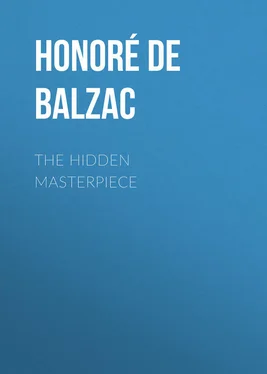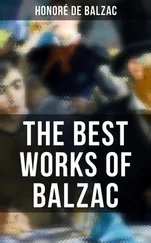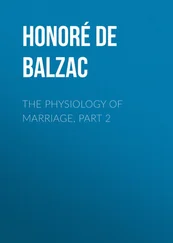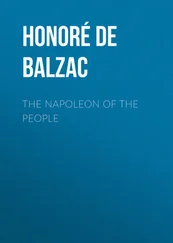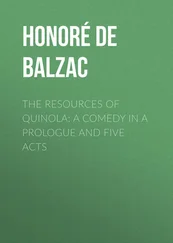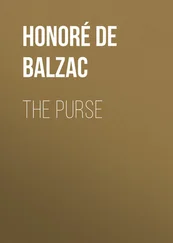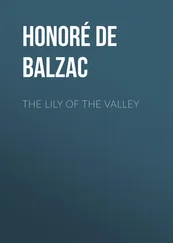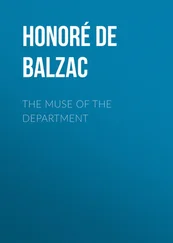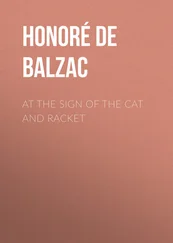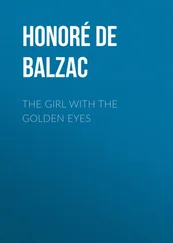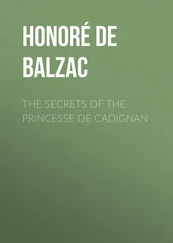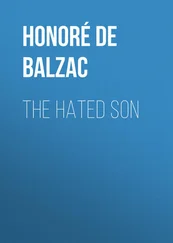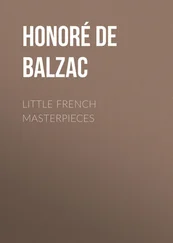Honoré Balzac - The Hidden Masterpiece
Здесь есть возможность читать онлайн «Honoré Balzac - The Hidden Masterpiece» — ознакомительный отрывок электронной книги совершенно бесплатно, а после прочтения отрывка купить полную версию. В некоторых случаях можно слушать аудио, скачать через торрент в формате fb2 и присутствует краткое содержание. Жанр: literature_19, foreign_antique, foreign_prose, на английском языке. Описание произведения, (предисловие) а так же отзывы посетителей доступны на портале библиотеки ЛибКат.
- Название:The Hidden Masterpiece
- Автор:
- Жанр:
- Год:неизвестен
- ISBN:нет данных
- Рейтинг книги:3 / 5. Голосов: 1
-
Избранное:Добавить в избранное
- Отзывы:
-
Ваша оценка:
- 60
- 1
- 2
- 3
- 4
- 5
The Hidden Masterpiece: краткое содержание, описание и аннотация
Предлагаем к чтению аннотацию, описание, краткое содержание или предисловие (зависит от того, что написал сам автор книги «The Hidden Masterpiece»). Если вы не нашли необходимую информацию о книге — напишите в комментариях, мы постараемся отыскать её.
The Hidden Masterpiece — читать онлайн ознакомительный отрывок
Ниже представлен текст книги, разбитый по страницам. Система сохранения места последней прочитанной страницы, позволяет с удобством читать онлайн бесплатно книгу «The Hidden Masterpiece», без необходимости каждый раз заново искать на чём Вы остановились. Поставьте закладку, и сможете в любой момент перейти на страницу, на которой закончили чтение.
Интервал:
Закладка:
“But why is it so, my dear master?” said Porbus humbly, while the young man could hardly restrain a strong desire to strike the critic.
“Ah! that is the question,” said the little old man. “You are floating between two systems, – between drawing and color, between the patient phlegm and honest stiffness of the old Dutch masters and the dazzling warmth and abounding joy of the Italians. You have tried to follow, at one and the same time, Hans Holbein and Titian; Albrecht Durier and Paul Veronese. Well, well! it was a glorious ambition, but what is the result? You have neither the stern attraction of severity nor the deceptive magic of the chiaroscuro. See! at this place the rich, clear color of Titian has forced out the skeleton outline of Albrecht Durier, as molten bronze might burst and overflow a slender mould. Here and there the outline has resisted the flood, and holds back the magnificent torrent of Venetian color. Your figure is neither perfectly well painted nor perfectly well drawn; it bears throughout the signs of this unfortunate indecision. If you did not feel that the fire of your genius was hot enough to weld into one the rival methods, you ought to have chosen honestly the one or the other, and thus attained the unity which conveys one aspect, at least, of life. As it is, you are true only on your middle plane. Your outlines are false; they do not round upon themselves; they suggest nothing behind them. There is truth here,” said the old man, pointing to the bosom of the saint; “and here,” showing the spot where the shoulder ended against the background; “but there,” he added, returning to the throat, “it is all false. Do not inquire into the why and wherefore. I should fill you with despair.”
The old man sat down on a stool and held his head in his hands for some minutes in silence.
“Master,” said Porbus at length, “I studied that throat from the nude; but, to our sorrow, there are effects in nature which become false or impossible when placed on canvas.”
“The mission of art is not to copy nature, but to represent it. You are not an abject copyist, but a poet,” cried the old man, hastily interrupting Porbus with a despotic gesture. “If it were not so, a sculptor could reach the height of his art by merely moulding a woman. Try to mould the hand of your mistress, and see what you will get, – ghastly articulations, without the slightest resemblance to her living hand; you must have recourse to the chisel of a man who, without servilely copying that hand, can give it movement and life. It is our mission to seize the mind, soul, countenance of things and beings. Effects! effects! what are they? the mere accidents of the life, and not the life itself. A hand, – since I have taken that as an example, – a hand is not merely a part of the body, it is far more; it expresses and carries on a thought which we must seize and render. Neither the painter nor the poet nor the sculptor should separate the effect from the cause, for they are indissolubly one. The true struggle of art lies there. Many a painter has triumphed through instinct without knowing this theory of art as a theory.
“Yes,” continued the old man vehemently, “you draw a woman, but you do not see her. That is not the way to force an entrance into the arcana of Nature. Your hand reproduces, without an action of your mind, the model you copied under a master. You do not search out the secrets of form, nor follow its windings and evolutions with enough love and perseverance. Beauty is solemn and severe, and cannot be attained in that way; we must wait and watch its times and seasons, and clasp it firmly ere it yields to us. Form is a Proteus less easily captured, more skilful to double and escape, than the Proteus of fable; it is only at the cost of struggle that we compel it to come forth in its true aspects. You young men are content with the first glimpse you get of it; or, at any rate, with the second or the third. This is not the spirit of the great warriors of art, – invincible powers, not misled by will-o’-the-wisps, but advancing always until they force Nature to lie bare in her divine integrity. That was Raphael’s method,” said the old man, lifting his velvet cap in homage to the sovereign of art; “his superiority came from the inward essence which seems to break from the inner to the outer of his figures. Form with him was what it is with us, – a medium by which to communicate ideas, sensations, feelings; in short, the infinite poesy of being. Every figure is a world; a portrait, whose original stands forth like a sublime vision, colored with the rainbow tints of light, drawn by the monitions of an inward voice, laid bare by a divine finger which points to the past of its whole existence as the source of its given expression. You clothe your women with delicate skins and glorious draperies of hair, but where is the blood which begets the passion or the peace of their souls, and is the cause of what you call ‘effects’? Your saint is a dark woman; but this, my poor Porbus, belongs to a fair one. Your figures are pale, colored phantoms, which you present to our eyes; and you call that painting! art! Because you make something which looks more like a woman than a house, you think you have touched the goal; proud of not being obliged to write “currus venustus” or “pulcher homo” on the frame of your picture, you think yourselves majestic artists like our great forefathers. Ha, ha! you have not got there yet, my little men; you will use up many a crayon and spoil many a canvas before you reach that height. Undoubtedly a woman carries her head this way and her petticoats that way; her eyes soften and droop with just that look of resigned gentleness; the throbbing shadow of the eyelashes falls exactly thus upon her cheek. That is it, and – that is not it
Конец ознакомительного фрагмента.
Текст предоставлен ООО «ЛитРес».
Прочитайте эту книгу целиком, купив полную легальную версию на ЛитРес.
Безопасно оплатить книгу можно банковской картой Visa, MasterCard, Maestro, со счета мобильного телефона, с платежного терминала, в салоне МТС или Связной, через PayPal, WebMoney, Яндекс.Деньги, QIWI Кошелек, бонусными картами или другим удобным Вам способом.
Интервал:
Закладка:
Похожие книги на «The Hidden Masterpiece»
Представляем Вашему вниманию похожие книги на «The Hidden Masterpiece» списком для выбора. Мы отобрали схожую по названию и смыслу литературу в надежде предоставить читателям больше вариантов отыскать новые, интересные, ещё непрочитанные произведения.
Обсуждение, отзывы о книге «The Hidden Masterpiece» и просто собственные мнения читателей. Оставьте ваши комментарии, напишите, что Вы думаете о произведении, его смысле или главных героях. Укажите что конкретно понравилось, а что нет, и почему Вы так считаете.
